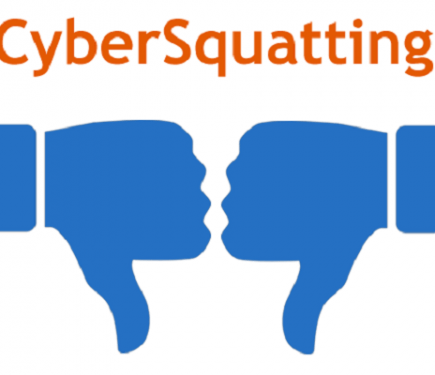Domain Squatting is Growing as Companies Scramble to Protect their Trademarks
Domain squatting is the practice of registering and / or using a popular internet address, one that often includes a company or household brand name, with the intent of selling it back to the actual company or brand name owner. It is also known as cybersquatting and has become much more prevalent in the last five years. ICANN, the authority that is responsible for processing top-level domain names, decided to allow more generic top-level domains in 2011. Popular generic top-level domains include .com and .org for example.
By the end of the first quarter of 2015, five hundred and forty-eight new generic top-level domains had been accepted since ICANN began to allow additional domains. Some of these also included the suffixes .porn and .adult. Companies and brand name owners have been left far more open to cybersquatting as a result. In 2014 for example, trademark owners lodged more than two thousand, six hundred cases concerning over five thousand, five hundred domain names.
Since 1999, more than thirty thousand cybersquatting complaints have been filed with the World Intellectual Property Organization and there was a two percent growth rate in the number of domain name cases filed between 2013 and 2014. The USA, France and the UK are the top three countries filing domain name cases. The retail industry files the most domain name cases by industry, followed by banking and finance and the fashion industry respectively. In 2014, tobacco giant Philip Morris was the company that filed the most domain name cases over the false usage of its Marlborough Cigarette brand name used in domains set up by cybersquatters. For more, have a look at this infographic provided by Irish Apps.
 [su_box title=”About Irishapps” style=”noise” box_color=”#336588″]
[su_box title=”About Irishapps” style=”noise” box_color=”#336588″] Irishapps create projects for our clients that conform to the latest conventions and practices in Business, Design and Development of Software Products. We are constantly researching the market, making sure that the services we provide to you are at the forefront of innovation. With our team of experts, we can maximize the potential of your project and help you realize your goals. We take projects from the ‘Idea’ stage to fully functional products by combining a flexible plan that works around you while maintaining a constant flow of work on your project. You can depend on us to deliver.[/su_box]
Irishapps create projects for our clients that conform to the latest conventions and practices in Business, Design and Development of Software Products. We are constantly researching the market, making sure that the services we provide to you are at the forefront of innovation. With our team of experts, we can maximize the potential of your project and help you realize your goals. We take projects from the ‘Idea’ stage to fully functional products by combining a flexible plan that works around you while maintaining a constant flow of work on your project. You can depend on us to deliver.[/su_box]
The opinions expressed in this post belongs to the individual contributors and do not necessarily reflect the views of Information Security Buzz.



